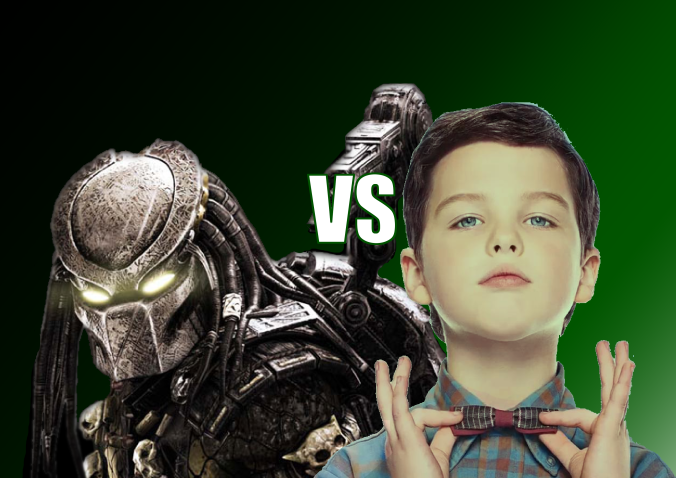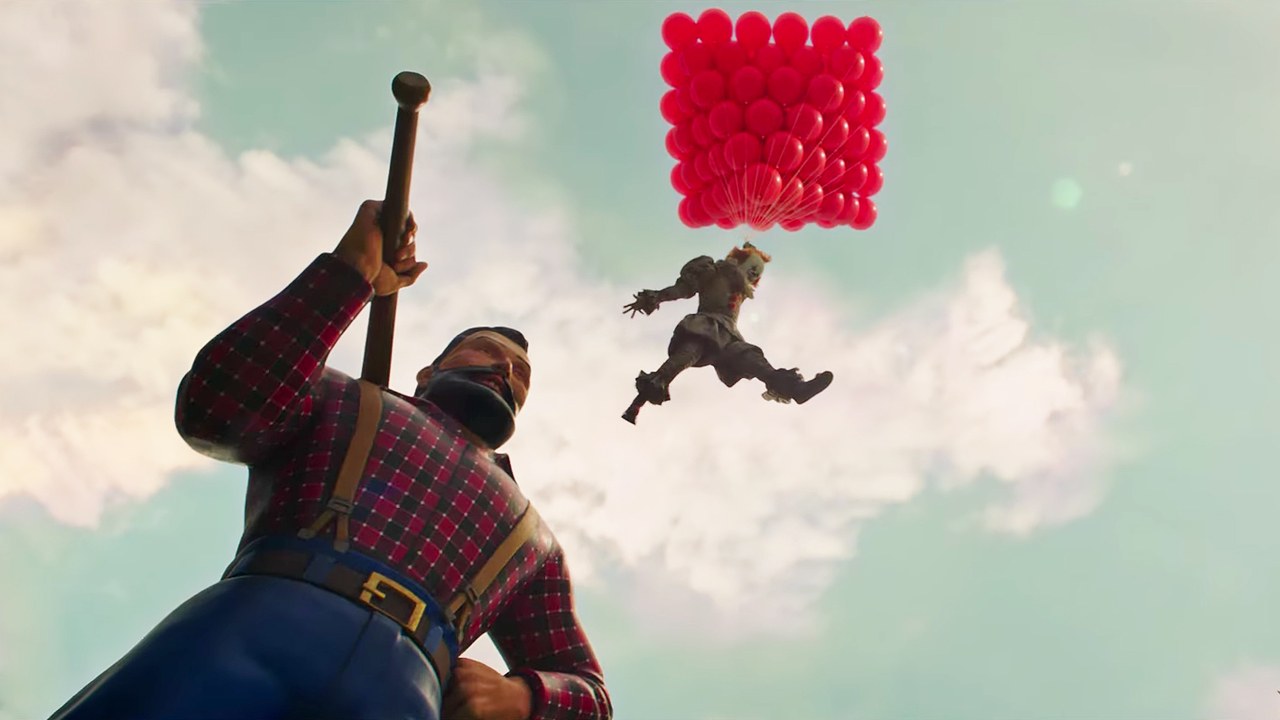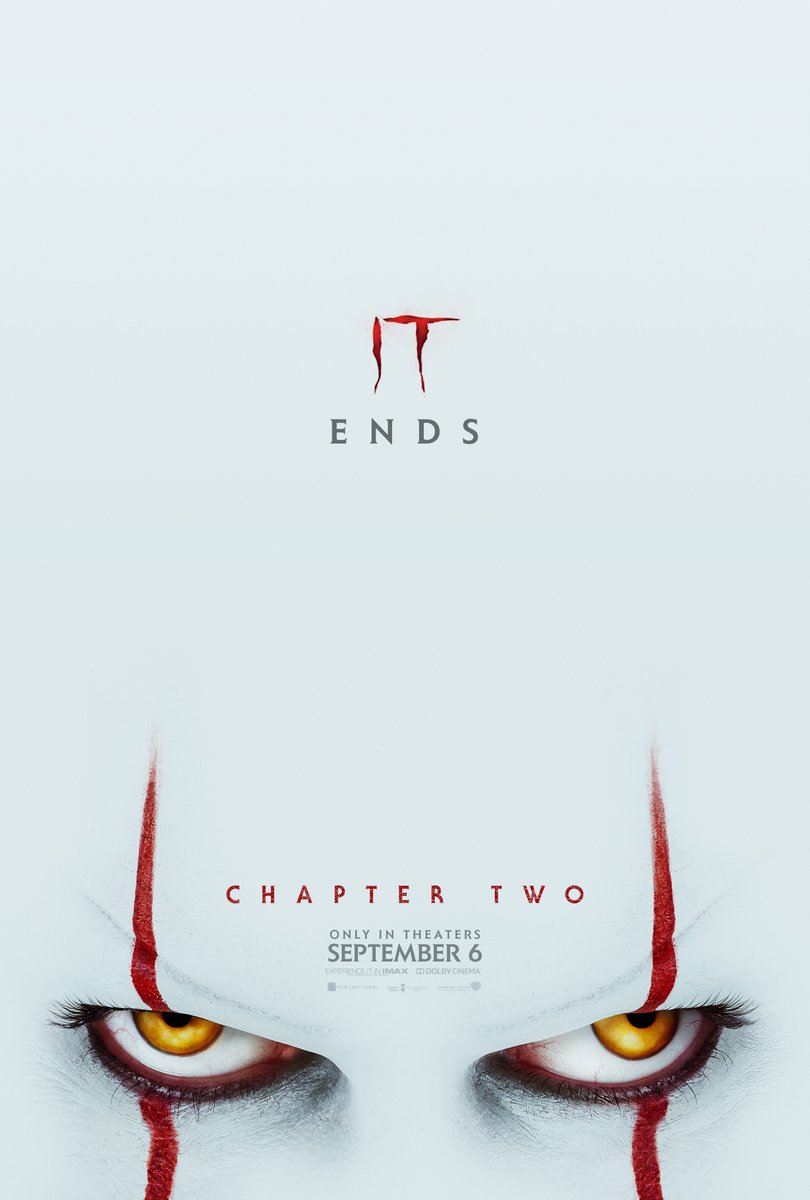Written by Joe Ahart // Edited by Andrew Busch //
***MILD SPOILERS AHEAD***
When people recall the 80’s, it is hard not to think about the countless popular franchises that spawned out of the era. Terminator, Nightmare on Elm Street, Back to the Future, and so many other movies from this era still hold cultural value to this day. Some are even still being revisited to this day with modern adaptations, remakes or reboots. One cultural icon that is no exception to this phenomenon is the Predator, revealing itself for the first time in John McTiernan’s original Predator (1987).
As someone who grew up with this franchise and has loved almost every film it has had to offer, I was pretty excited to hear that a new installment was being released this year. The Predator, which released in theaters on September 14th of 2018, was directed by Shane Black, who played the part of Rick Hawkins in the original Predator movie and even helped write the first film and others like Lethal Weapon (1987) and Monster Squad (1987). Seems promising, right? The trailers left me a little skeptical, but hey, I shouldn’t take the movie too seriously. The Predator franchise has always had its fair share of corny one-liners and campy moments. So I did the right thing and set my expectations low enough to sit back, relax, and just be happy to see one of my favorite movie monsters on the big screen again.
Somehow The Predator sinks even lower than I could have imagined.
This movie took what could have been an interesting idea and turned it into an almost hilarious disaster. Let’s start off with the objectively terrible aspects that anyone who has taken a single film class could recognize. The editing is downright atrocious; it’s clear from the choppiness alone that the film had gone through development hell, probably experiencing multiple re-shoots, rewrites, and creative decisions which all came at the cost having a cohesive narrative.
The first half of the film starts off somewhat decipherable; a marine sniper named McKenna is in the middle of a mission when he encounters the Predator after it crash lands on Earth. McKenna’s squad is taken out, but he is able to escape from the wounded creature while managing to take some of its gear for evidence. The Predator is then captured and sent to a lab for study, while McKenna makes his way to a rural Mexican village and, before being captured by the government, FedEx’s the top secret alien gear back to his home, where his hyper-intelligent son discovers it and begins to decipher its mysteries. Seriously, he just mails it home from some random village in Mexico. After brief questioning, McKenna is then assigned to ‘Group 2’ (a.k.a the ‘Loony Bin’), a group of soldiers suffering from PTSD and other traumatic backgrounds, and is sent…somewhere. It’s never really revealed where they were being taken, but hey, I guess it doesn’t matter because the Predator escapes and they manage to break loose! From this point on, the plot is constructed from a compilation of loosely related scenes. Moments that seem to be building up to something are cut before they get interesting, big plot points happen so quickly they can’t be registered, and people seem to transport from one area to another without any explanation as to how, why or when they even got there.
The Predator gasps in horror as he watches his franchise bomb, circa 2018 [image courtesy of IMDb]
At the same time, many characters who were introduced never actually have a proper send off, instead just disappearing after their usefulness to the plot is spent. What is such a shame is that there were some decent actors in this movie who never had a chance to shine due to poor character development and messy dialogue. Olivia Munn plays the supporting role of Dr. Bracket, who goes from a driven Johns Hopkins professor determined to understand the Predators’ motivations to yet another unrealistic bad-ass who jumps off of buildings and handles assault rifles without any hesitation or sense of unfamiliarity. McKenna’s son Rory, played by Jacob Tremblay from the movie ‘Room’ is on the spectrum and while Tremblay’s performance is convincing in depicting someone with autism, his character became a complete joke, but I’ll get to that atrocious plot point later on.
I think in order to understand why this movie was so terrible, we have to look at what made the first Predator film so great. For the record, this is not a nostalgia rant about how great the 80’s were, and that change is always a bad thing. I actually liked the direction that Shane Black was taking Predator lore. After three other movies keeping the creature shrouded in mystery, Black was brave enough to explore deeper motives of the extraterrestrial hunter. While some may disagree with the direction he chose, I was happy to finally get more background, and even some dialogue, from the Predators themselves. But this movie completely failed to capture what Predator is about, how it is portrayed, and the suspense that naturally comes with an invisible killer hunting you and your buddies down one by one. John McTiernan blended the line between horror and action with the original movie, giving a few fast paced moments for that 80’s adrenaline rush, but also purposefully creating many drawn out moments and lingering shots in order to create that sense of dread of being hunted. Predator (1987) is the only action movie I can think of where the final act has little to no dialogue in it. It simply doesn’t need it; the motives are clear, the rules are set, and the stakes are high.
Again, being the fourth (technically sixth) installment in the franchise, it’s understandable why that mysterious aura around the Predator doesn’t work anymore. But this movie ignored any chance at creating a suspenseful atmosphere and traded it for B-movie quality action sequences and off-putting comedic moments. In terms of sci-fi movies, I would compare it to the likes of Men in Black more than I would a Predator movie. On paper, Black had an interesting idea that could have gone deeper into the ‘Predator universe’ while understanding, at its core, what the films are trying to accomplish. It seemed that at a certain point he simply didn’t believe in himself or the idea he had, and instead turned the movie into a parody of itself.
The newest installment doesn’t seem to quite fit with the rest… [image courtesy of Slash Film]
The last thing that confused me about this movie was how Black portrayed things like autism, PTSD, and other mental conditions. This wasn’t the first film in which he tackled this subject; Iron Man 3 delves into Tony Stark’s PTSD caused by the events of the first Avengers movie. This is a recurring subject in his films, so clearly the subject matter must mean something to him. I am not trying to presume anything, of course, but all I’m saying is if you are going to continue to portray things like autism and anxiety in your films, shouldn’t you do a little research first? Putting these elements into a Predator film, you’d think he would take a darker approach to these concepts and use them to create an unusual and interesting dynamic for an action film. Instead, unsurprisingly, they all fall into an almost comedic tone and become more like joke sources rather than interesting character traits. Honestly, I thought having soldiers with PTSD and a child on the spectrum face off against the deadliest hunter in the galaxy sounded like an awesome idea, and could have resulted in some. Instead the soldiers are like characters out of One Flew Over the Cuckoo’s Nest and the child feels like Young Sheldon. Without spoiling too much, they literally describe autism as the ‘next step in human evolution’ and many of the child’s abilities make it seem more like a superpower than a developmental condition. I think Black’s heart was in the right direction in giving more exposure to mental conditions like these, but his comedic take on them in this movie turned these portrayals into borderline offensive representations.
This poster was the best thing this movie had to offer [image courtesy of IMDb]
I give it 3/10 stars and a hard pass.



